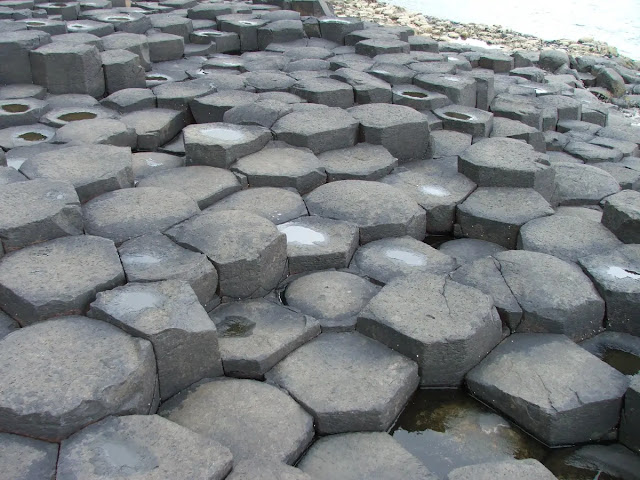Meganeuropsis: The Largest Insect Ever Existed 'Giant Dragonfly'
The largest known insect that ever existed was Meganeuropsis, a giant predatory relative of modern dragonflies. It had a wingspan of up to 75 cm (2.5 feet) and a body length reaching 47 cm (18.5 inches), with an estimated weight of over 1 pound (450 g), making it comparable in size to a crow. This made Meganeuropsis significantly larger than any modern dragonfly. It was a formidable predator.
Meganeuropsis Permiana The Giant Dragonfly
Meganeuropsis permiana was a predator and its large size allowed it to prey on small vertebrates, such as amphibians and small mammals. It is thought that the large size of Meganeuropsis permiana was possible due to the high oxygen levels in the atmosphere at the time.
Meganeuropsis permiana was first discovered in the Wellington Formation of Kansas, United States. The Wellington Formation is a sedimentary rock formation that dates back to the Early Permian period, about 290 million years ago. The formation is known for its fossils of insects, fish, and amphibians. Meganeuropsis permiana has also been found in other parts of the world, including France, Russia, and China.
Meganeuropsis Description
Meganeuropsis permiana was an extinct genus of griffinfly (order Meganisoptera), known from the Early Permian Wellington Formation of North America. It is recognized as one of the largest insects ever known, with fossil evidence dating back to the Artinskian age of the Permian period (~290–283.5 million years ago).
Size & Wingspan
The estimated wingspan of Meganeuropsis permiana ranged from 28 to 75 cm (11–30 inches), making it one of the largest flying insects in Earth's history.
Its body length is estimated to have been 17 to 43 cm (7–17 inches), making it comparable in size to a crow.
Diet & Hunting Behavior
Like modern dragonflies, Meganeuropsis was a predatory insect, using its large compound eyes and powerful mandibles to catch prey in flight.
It likely fed on other insects and small arthropods, but there is no direct evidence that it hunted vertebrates like amphibians or mammals.
Extinction & Decline
Meganeuropsis became extinct well before the end of the Permian (~252 million years ago), as it lived much earlier (~290 mya).
The decline of giant insects is linked to:
- Falling atmospheric oxygen levels, which limited insect respiratory efficiency.
- Climate changes, affecting ecosystems where these insects thrived.
- Emergence of vertebrate aerial predators, such as early reptiles, which may have increased competition and predation pressure.
How Did Meganeuropsis Get Very Big
Several theories explain the large size of Meganeuropsis, a Permian genus of Meganisoptera:
Oxygen Levels and Atmospheric Density: Insects breathe through a tracheal system, limiting body size by oxygen diffusion. In the Permian (290-283 million years ago), atmospheric oxygen was 23-30%, higher than today’s 21%. This allowed Meganeuropsis (wingspan up to 75 cm) to grow larger than modern insects.
Lack of Predators: Bechly proposed that the scarcity of aerial vertebrate predators in the Permian enabled winged insects like Meganeuropsis to reach maximum sizes. An evolutionary pressure from preying on plant-feeding Palaeodictyoptera may have also driven size increases.
Aquatic Larvae Stage: One hypothesis suggests that aquatic larvae of insects like Meganeuropsis grew larger due to high oxygen in Permian waters, supporting their development into big terrestrial adults, though evidence is limited.
Meganeuropsis is associated with modern dragonflies due to appearance but is classified as a griffinfly (Meganisoptera) due to structural differences.
The name Meganeuropsis relates to its large-veined wings, which had a robust pattern unlike the varied venation of modern dragonflies.
Its hunting methods were likely similar to modern dragonflies, with its larger size enabling it to target a broader prey range, mainly insects.
Large eyes aided prey detection, and leg spines assisted in capture.
Its wings had a dense vein network with cross braces for strength, unlike the delicate wings of modern dragonflies.
Males likely used frontal appendages to grasp females during mating, inferred from related species.
Its massive body would not survive today’s 21% oxygen; Permian levels (23-30%) supported its size, and extinction around 252 million years ago involved oxygen decline and other factors.
See also:




%20(1).webp)




